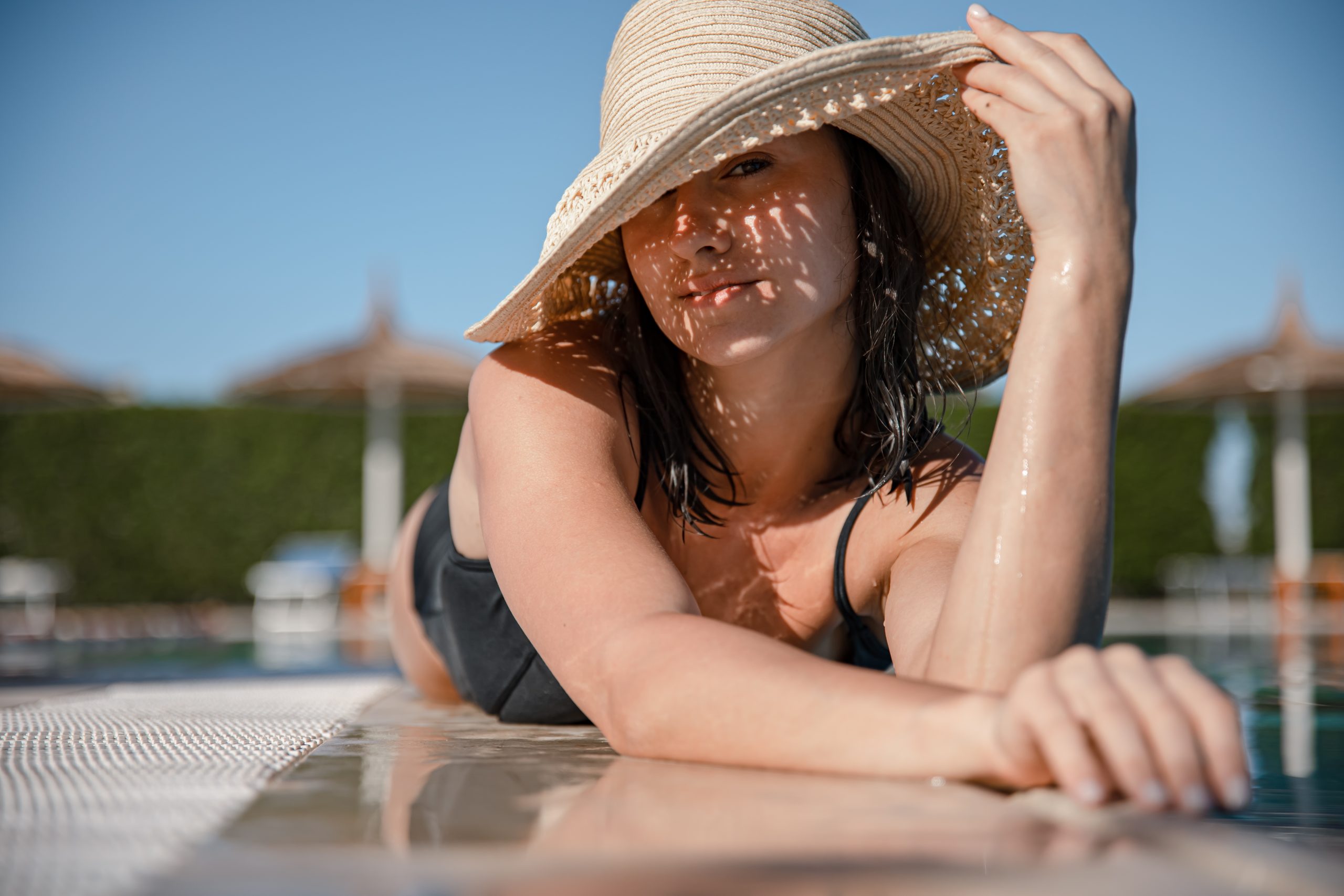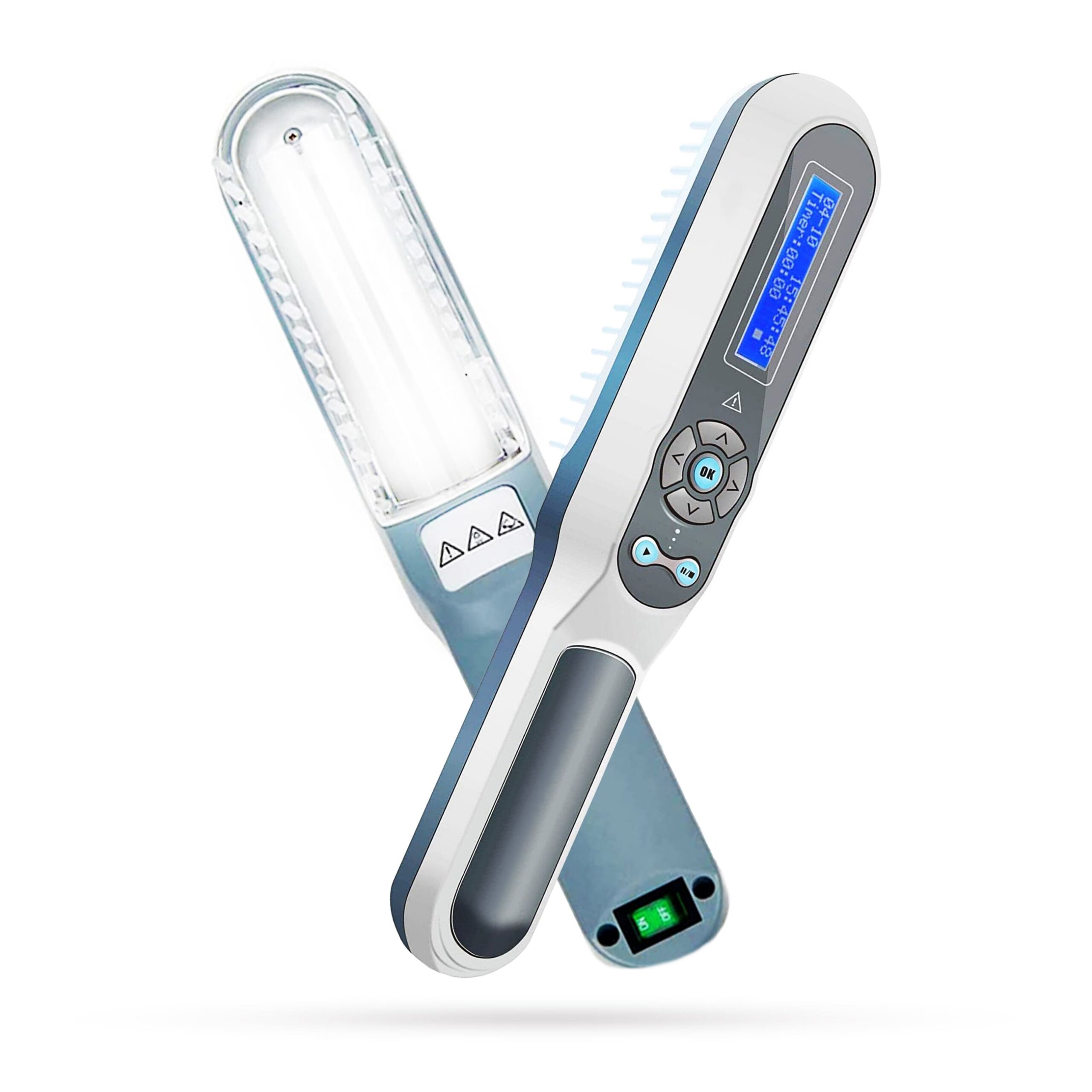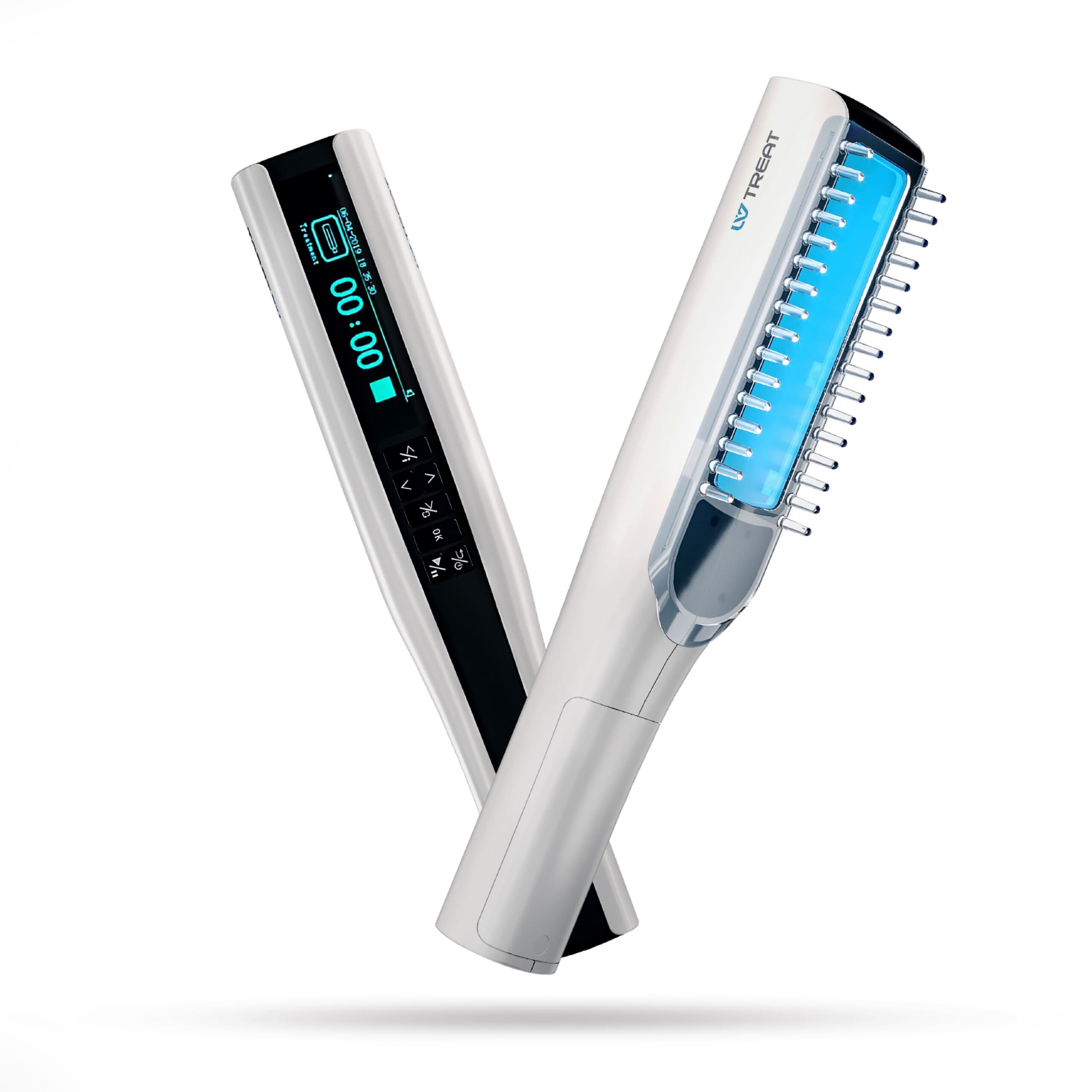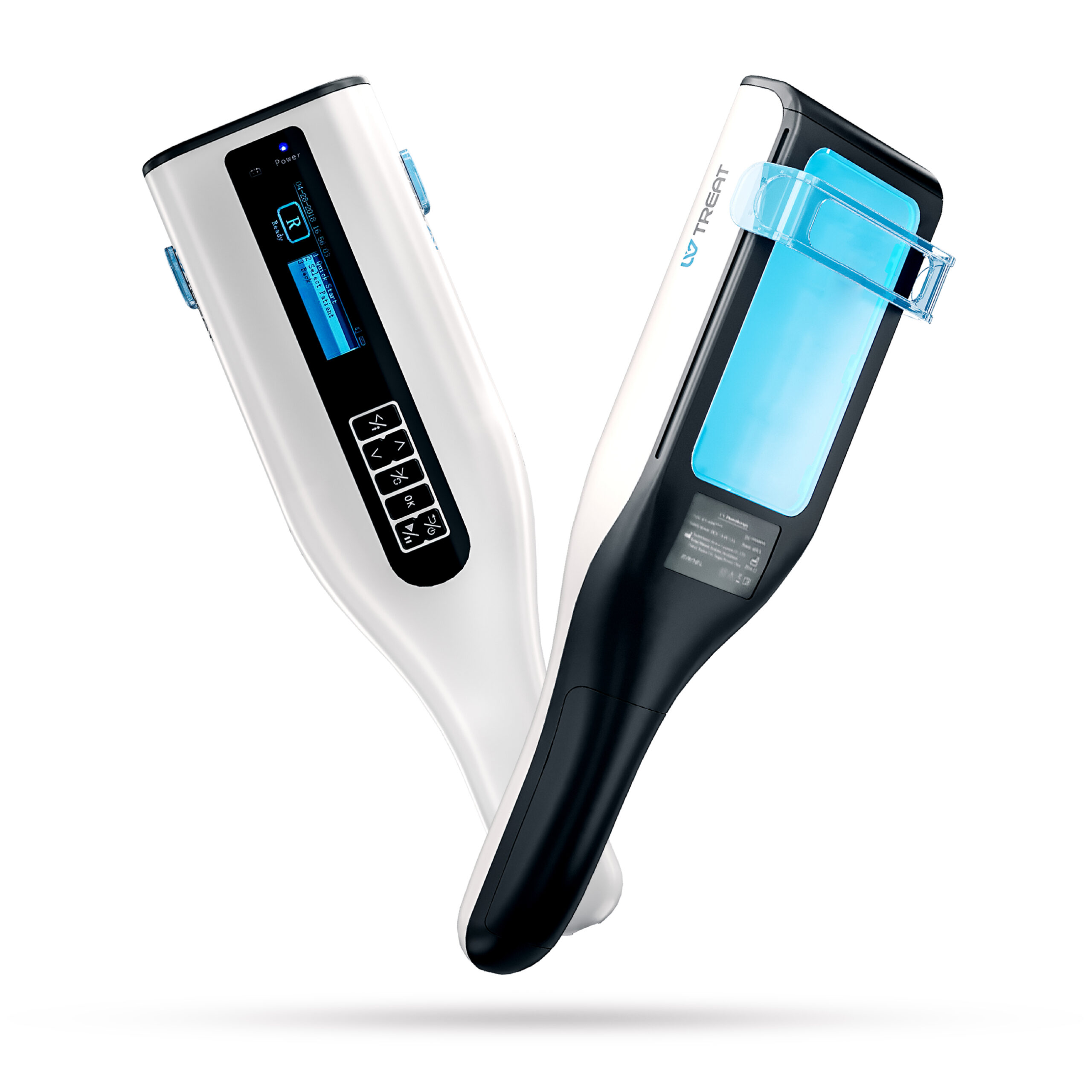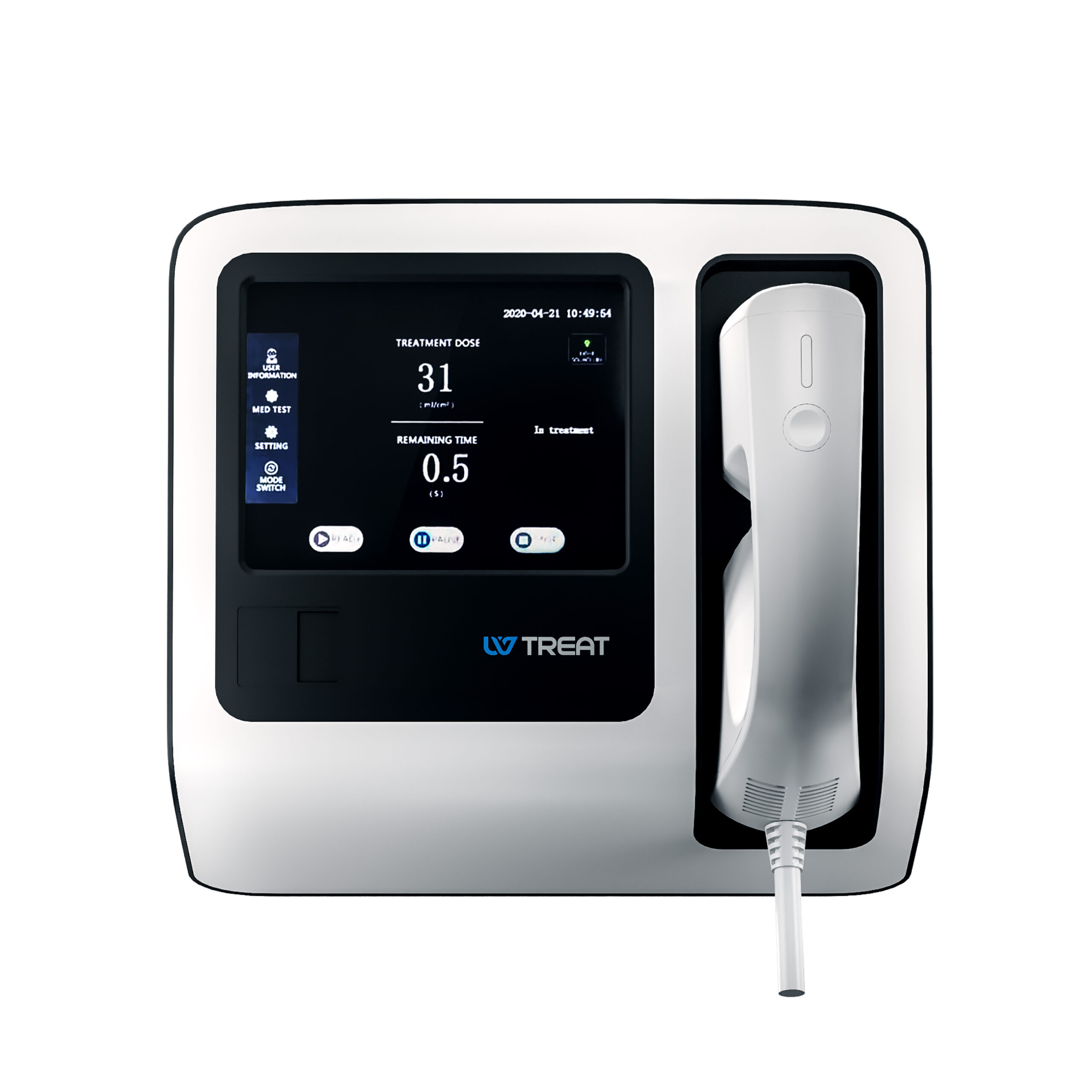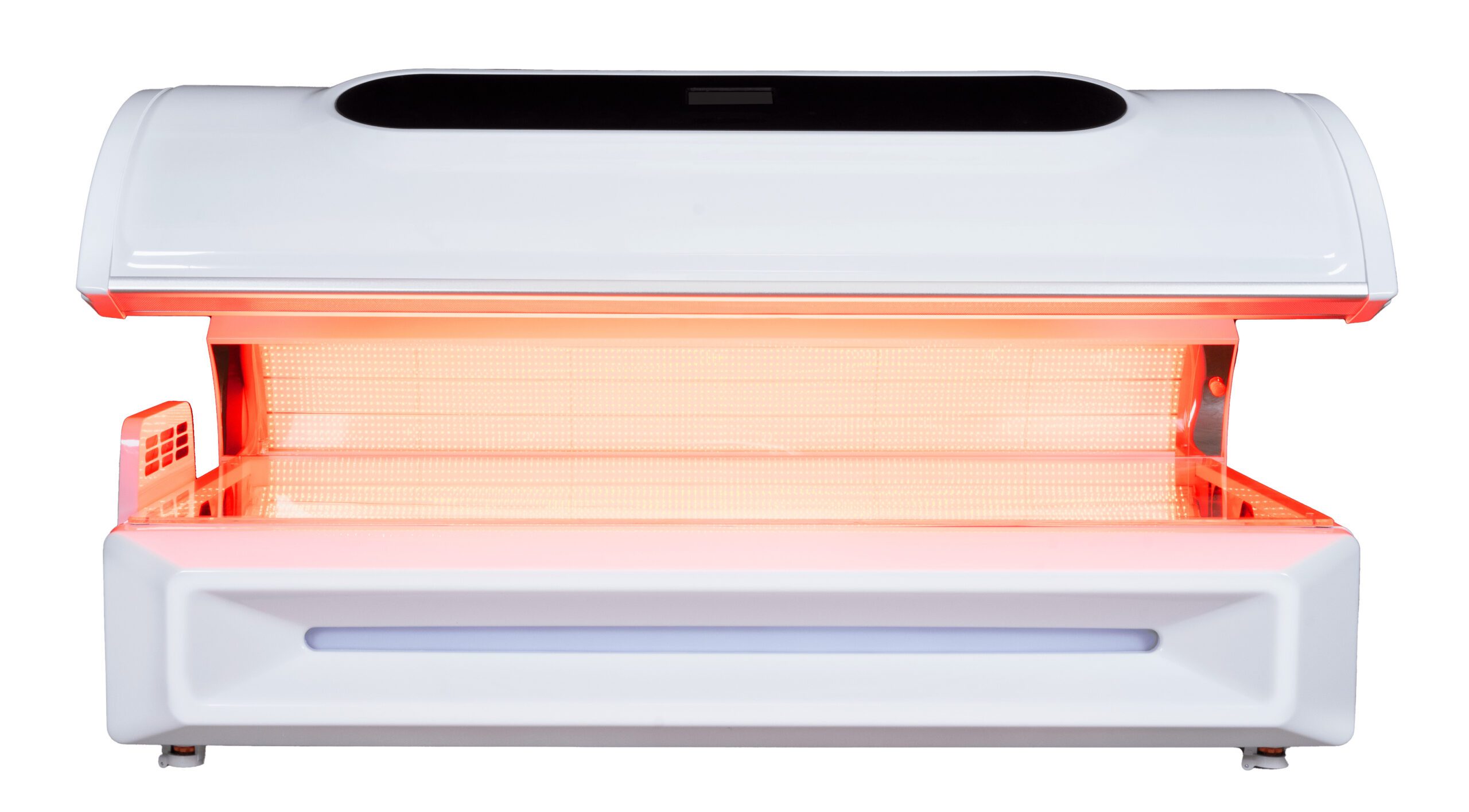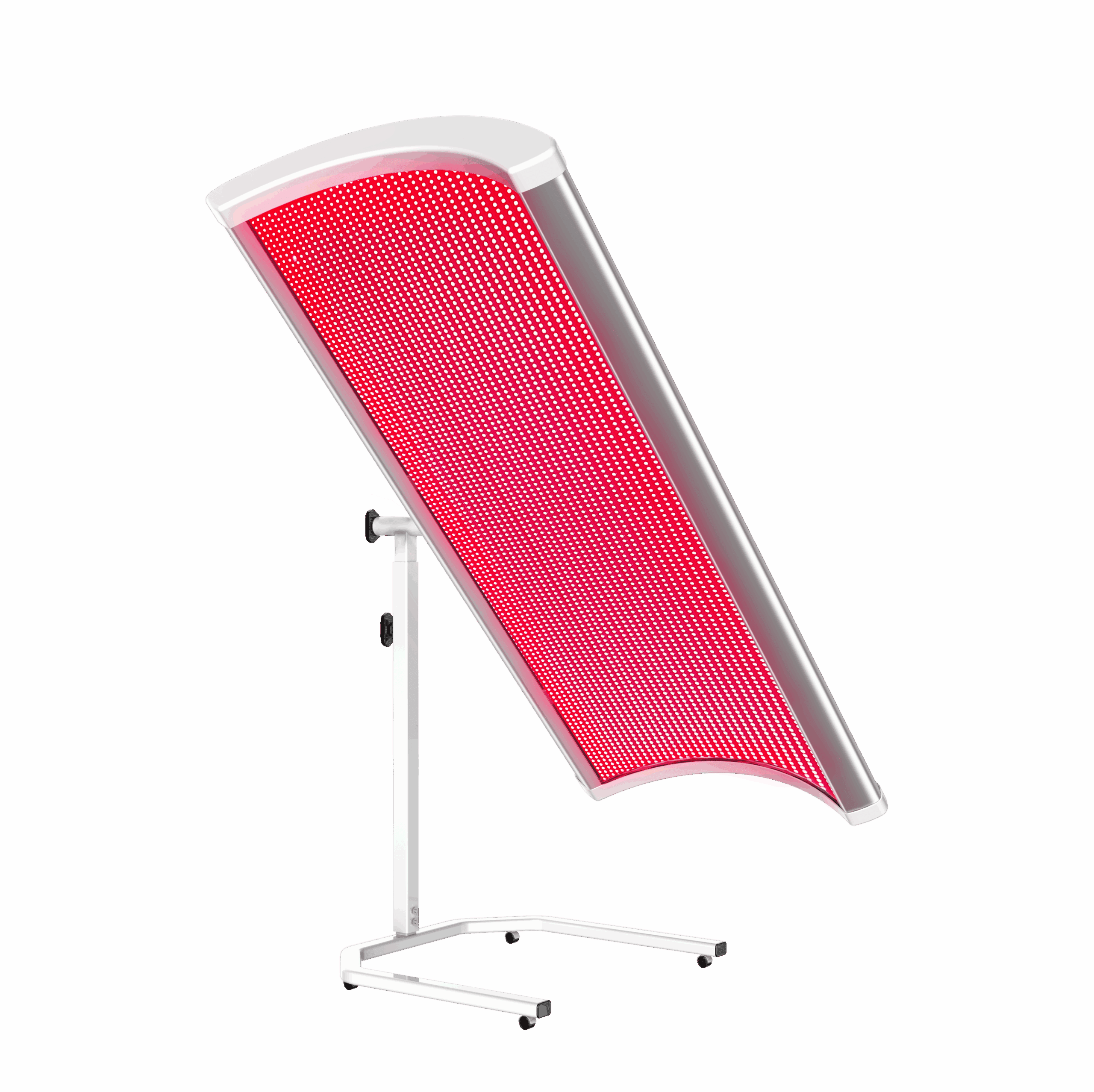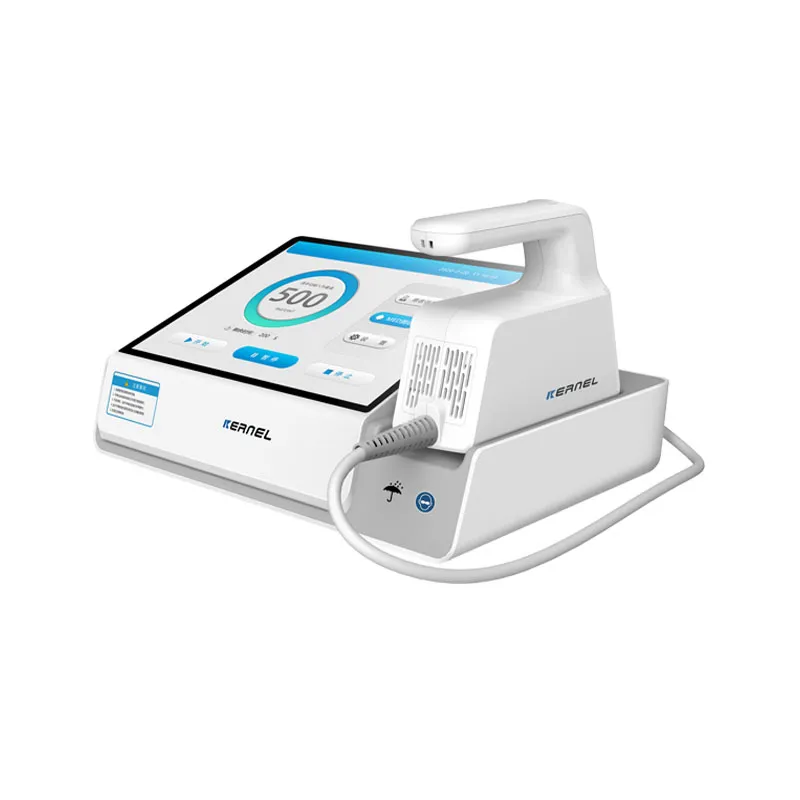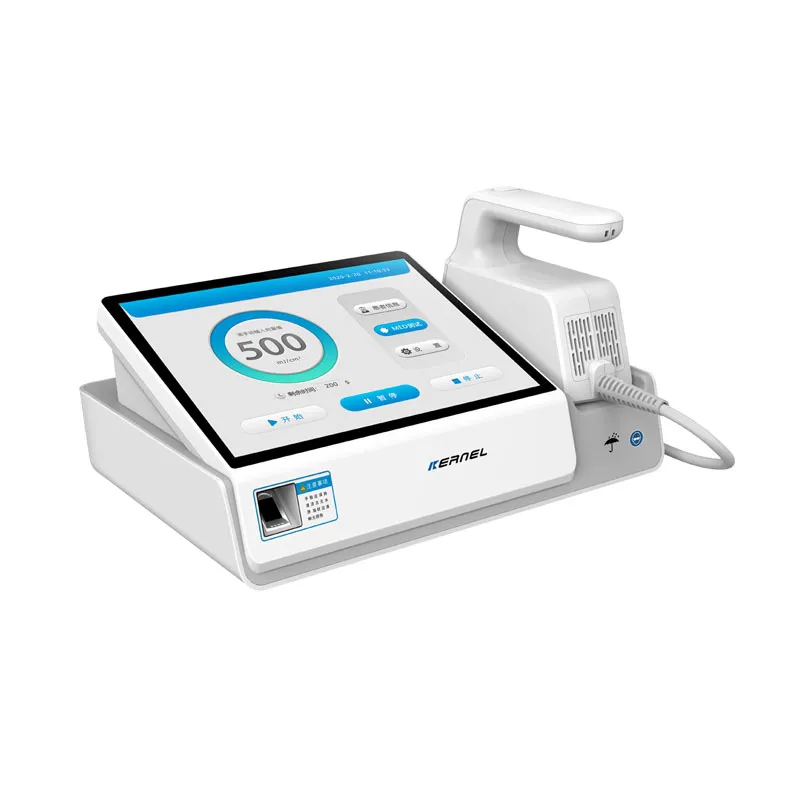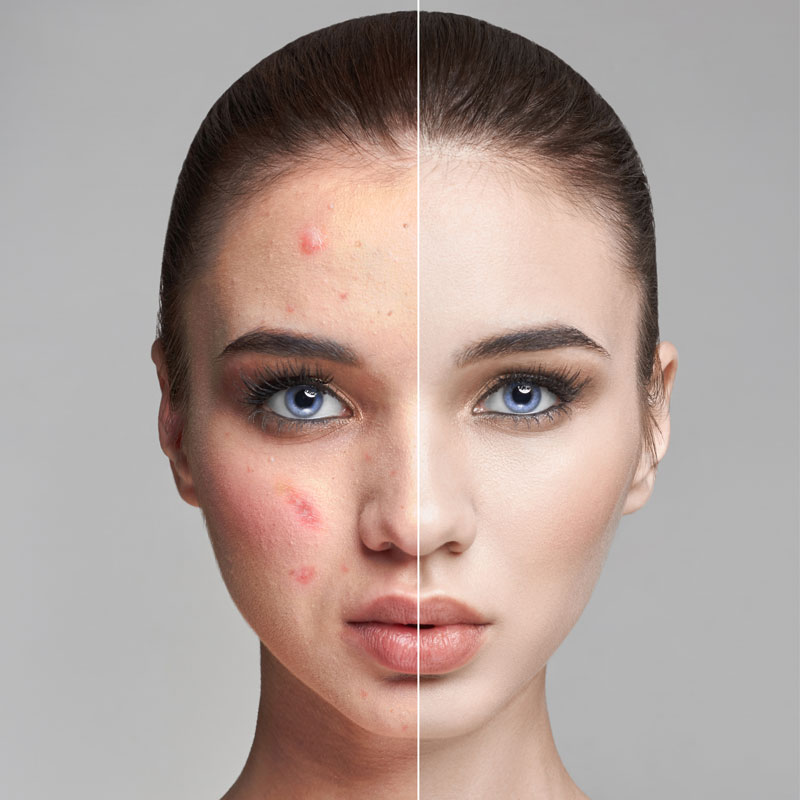Can UV Light Go Through Clothes?
Yes, UV light can penetrate clothing, but the extent to which it does so depends on several factors such as the fabric type, weave, colour, and condition of the garment. While tightly woven or thicker fabrics generally offer better protection against UV rays, lighter and loosely woven fabrics allow more UV light to reach your skin. Additionally, darker colours tend to absorb more UV radiation compared to lighter colours, providing enhanced protection. Clothing in poor condition, such as items that are heavily worn or stretched thin, can also provide less effective UV protection. To ensure maximum defence against UV light, look for clothing specifically designed with a high Ultraviolet Protection Factor (UPF) rating, and regularly check your garments for signs of wear and tear.
Does Sunscreen Protect Against UV Rays?
Sunscreen is a widely known and essential tool for protecting against the sun’s harmful UV rays. When applied correctly, sunscreen can create a protective barrier on your skin and block or absorb most of the UV radiation that it encounters. However, sunscreen does not provide complete protection on its own and should be used in combination with other sun safety measures such as wearing protective clothing and seeking shade when possible. Additionally, it is crucial to choose a broad-spectrum sunscreen that protects against both UVA and UVB rays and has an SPF (Sun Protection Factor) of at least 30 for optimal protection. Remember to reapply sunscreen every two hours and after swimming or sweating, as it can wear off over time. So, while sunscreen is an essential tool in sun safety, it should not be relied on solely for UV protection.
Conclusion
In conclusion, the sun emits harmful UV rays that can cause damage to our skin and eyes. It is crucial to protect ourselves from these rays by taking necessary precautions such as wearing protective clothing, using sunscreen, seeking shade when possible, and avoiding peak sun hours. By understanding how UV light affects us and taking appropriate measures, we can enjoy fun outdoor activities while keeping ourselves safe from the sun’s harmful rays. Remember to prioritize your health and well-being, and don’t forget to stay sun-safe all year round! So, be proactive, make smart choices, and enjoy the great outdoors safely!
- Keep in mind that taking precautionary measures against UV light is not just limited to outdoor activities; it should also be considered when spending time indoors near windows or under artificial lighting.
- It is essential to teach children about sun safety from a young age, as it can help instill good habits and protect their skin in the long run.
- Remember to check expiration dates on sunscreen bottles and discard any that have expired.
- Don’t forget your lips! Use a lip balm with SPF protection to keep your lips safe from UV rays.
- Always consult with a doctor if you have any concerns about sun exposure or are experiencing unusual changes in your skin. Prevention is key when it comes to sun damage.
How Clothing Choices Affect UV Ray Exposure
When it comes to protecting your skin from ultraviolet (UV) rays, you might automatically think of sunscreen as your primary defence. However, what you wear plays an equally critical role in shielding you from harmful UV radiation. Understanding the factors that influence the UV protection provided by clothing can help you make more informed choices and enhance your overall sun safety.
Fabric Type and Weave
The type of fabric from which your clothing is made can greatly affect its UV protection capabilities. Tightly woven fabrics, such as denim, canvas, and some synthetic fibres, provide better protection against UV rays than loosely woven fabrics. The density and thickness of the fabric act as physical barriers, preventing the penetration of UV radiation. For instance, a tightly woven cotton T-shirt might offer more protection than a loosely knitted sweater, even if their surface areas are similar.
Material Composition
The material composition of your clothing is another significant factor. Synthetic fibres such as polyester, lycra, nylon, and acrylic offer high levels of UV protection compared to natural fibres like cotton, linen, or hemp. This is because synthetic fibres can be engineered to block UV rays more effectively. Specially treated UV-protective clothing, often marked with a UPF (Ultraviolet Protection Factor) rating, is typically made from synthetic materials designed to offer optimal protection. A UPF rating of 50, for example, means only 1/50th of the UV radiation can penetrate the fabric, providing excellent protection.
Color Matters
Color is another crucial consideration in UV protection. Darker colours, like black, navy blue, and dark green, absorb more UV rays compared to lighter colours, thereby offering better protection. However, this doesn’t mean you should always wear dark clothing during sunny days, as dark colours can retain more heat and potentially make you uncomfortable. Instead, opt for brightly coloured or darker shades in lightweight and breathable fabrics to strike a balance between UV protection and comfort.
Fit and Coverage
The fit and coverage of your clothing also determine how much protection you receive from UV rays. Generally, loose-fitting clothing offers better protection than tight-fitting garments. Loose clothing creates a small air barrier between your skin and the fabric, providing additional protection. Longer sleeves, full-length trousers, and wide-brimmed hats offer more coverage than tank tops, shorts, and caps, thus shielding a larger surface area of your skin from UV exposure.
Fabric Treatments and Technology
In recent years, advancements in fabric technology have led to the development of UV-protective finishes and treatments. Clothes treated with UV-absorbing chemicals can significantly increase their protective qualities. Moreover, some fabrics are manufactured with built-in UV-blocking properties, ensuring long-lasting protection that doesn’t wash out or fade over time. UPF-labelled clothing is an example of such advancement, indicating that the fabric has been tested and certified for its protective capabilities.
Condition and Age of Clothing
The condition and age of your clothing also play a role in UV protection. Worn-out and faded garments are less effective at blocking UV rays. Over time, fabrics can become thin or develop holes, allowing more UV radiation to penetrate. Regularly updating your wardrobe and inspecting your clothing for wear and tear can help maintain optimal sun protection. Even if a favourite piece of clothing has sentimental value, consider replacing it if it no longer provides adequate protection.
Wet vs. Dry Clothing
Interestingly, the state of your clothing—whether it’s wet or dry—can impact its UV protection. Wet fabrics, especially those made of natural fibres like cotton, can lose a significant amount of their UV-blocking ability when saturated with water. For example, a wet cotton T-shirt might only offer one-third of the protection it provides when dry. In contrast, synthetic fabrics are less affected by moisture and can maintain their protective qualities even when wet. So, if you plan to be in and out of the water, choose synthetic swimwear or clothing with a high UPF rating to ensure consistent protection.
Layering for Extra Protection
Layering your clothing is an effective way to enhance UV protection. Wearing multiple layers of fabric increases the amount of material a UV ray needs to penetrate before it reaches your skin. This is particularly useful in situations where you might be exposed to intense sunlight for extended periods. However, keep in mind that layering can also increase heat retention, so opt for breathable, moisture-wicking layers to stay comfortable while protecting your skin.
Accessorizing for Sun Safety
Accessories can also play an important role in your sun protection strategy. Wide-brimmed hats, for instance, can shield your face, neck, and ears from direct sunlight, areas often missed by sunscreen. Sunglasses with UV protection shield your eyes from harmful rays that can lead to cataracts and other eye conditions. Scarves and shawls can provide an additional layer of protection for your shoulders and upper back, especially when combined with sunscreen for maximum coverage.
